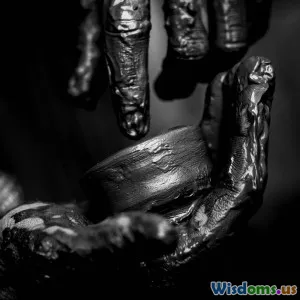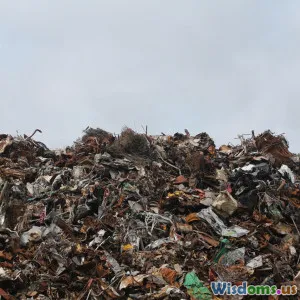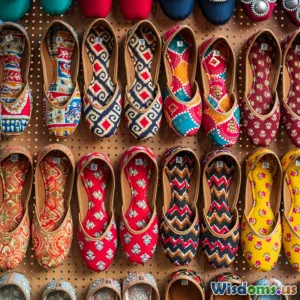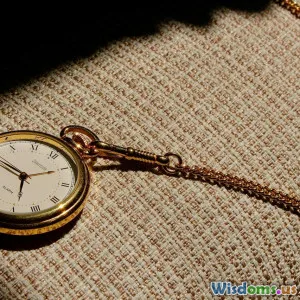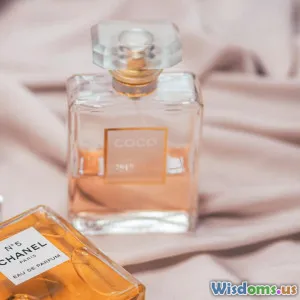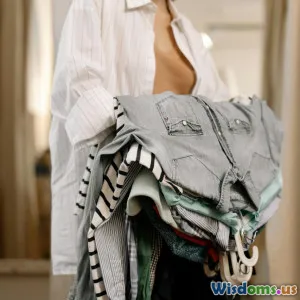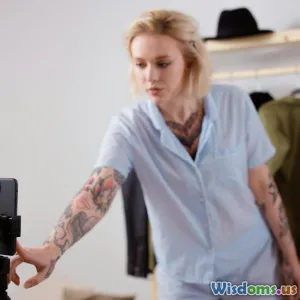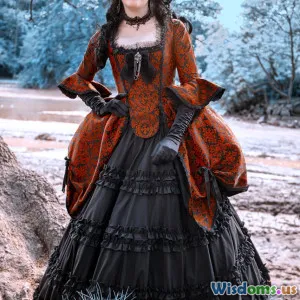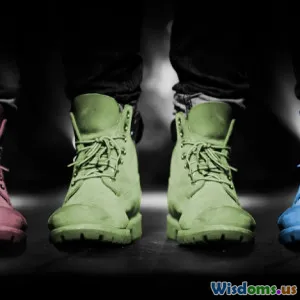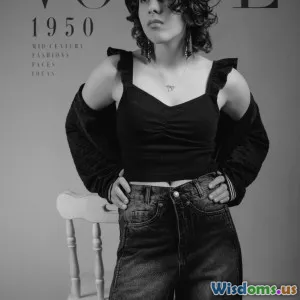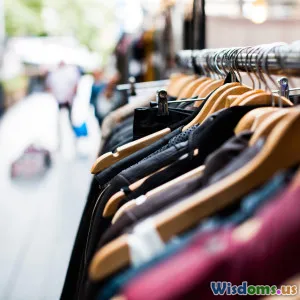
What Happens When You Only Buy Ethical Fashion
12 min read Explore the practical impacts and personal changes experienced when switching exclusively to ethical fashion brands. (0 Reviews)
What Happens When You Only Buy Ethical Fashion
Standing in front of a crowded closet, have you ever wondered how your clothing choices impact the world? Shifting to only buying ethical fashion isn't just a trend but a conscious lifestyle move that resonates through supply chains, communities, and even your own sense of style. But what actually happens when you commit to ethical fashion? Let’s unravel the transformative impact, discover challenges along the way, and explore how to make this responsible choice practical and rewarding.
Rethinking Value: The Real Cost of Clothing
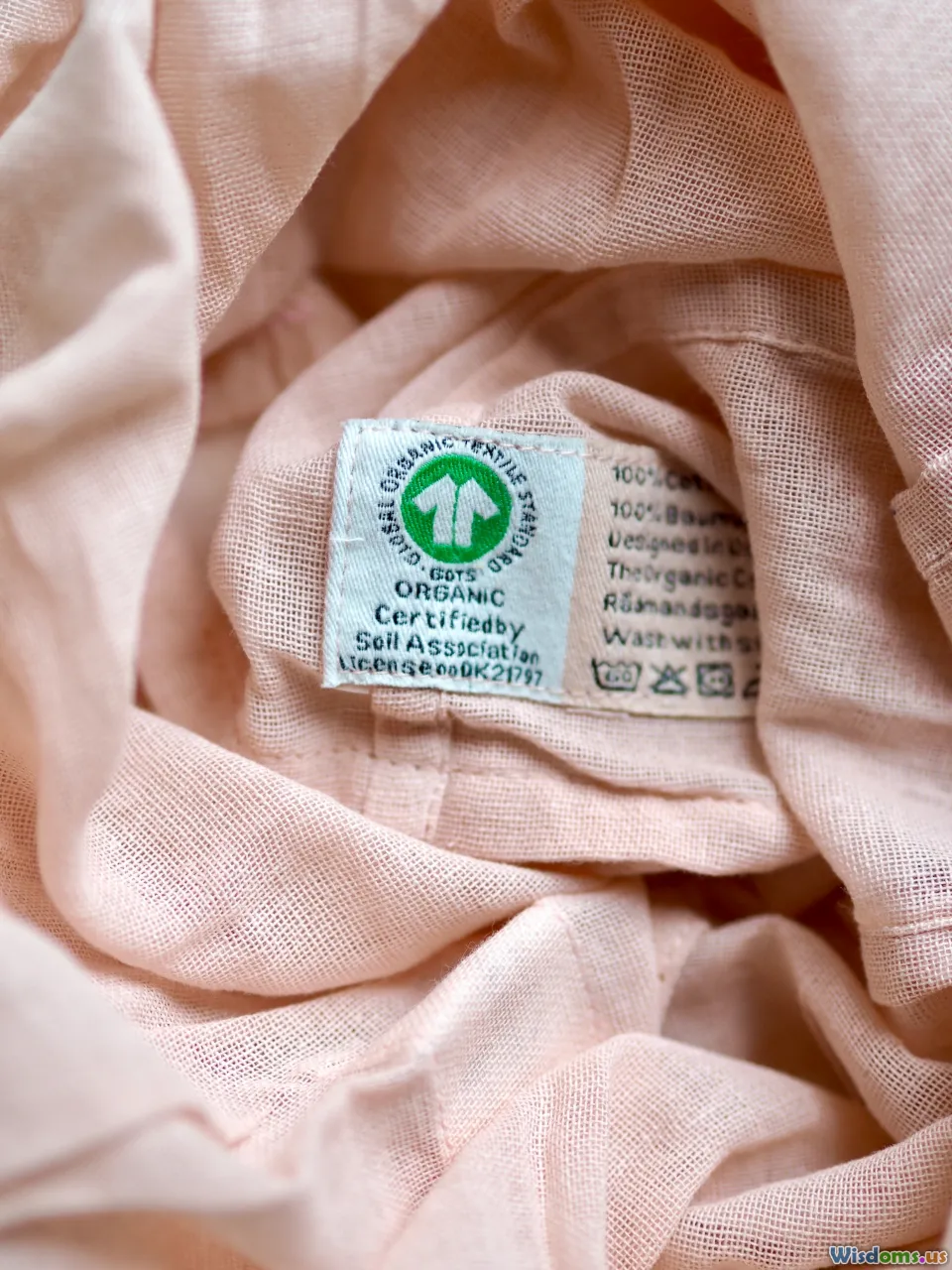
Buying only ethical fashion starts by understanding the hidden costs behind fast fashion’s rock-bottom prices. Ethical brands typically charge more, but that price tag includes living wages for workers, environmentally friendly materials, and safer factory conditions.
Concrete Example:
Consider a standard T-shirt: A fast fashion version might cost $10, while an ethically made counterpart could be $35. That extra $25 can mean the difference between child labor and dignified employment. Patagonia, for instance, ensures Fair Trade certification for much of its clothing line—meaning workers receive extra premiums and improved workplace safety.
Insight:
When you transition, you’ll quickly start to buy less frequently—but buy better. It changes your relationship with what you own. You stop seeing clothes as disposable, and start viewing them as investments, resulting in a curated, meaningful wardrobe.
Cleaner Planet: Minimizing Environmental Impact

Ethical fashion heavily factors in eco-friendly practices with the goal of minimizing environmental harm.
Examples of Impact:
- Reduced Carbon Footprint: Brands like Eileen Fisher use organic linen, hemp, and regenerative cotton. These require less water, pesticides, and energy to process—helping combat climate change.
- Lowered Toxic Waste: Ethical brands ban toxic azo dyes and advocate for closed-loop systems. For example, Stella McCartney leads in PVC alternatives and Nativa™ Regenerative Wool.
- Circular Fashion: Companies such as Mud Jeans use a leasing model so consumers can return worn-out jeans for recycling, keeping textile waste from landfills.
Practical Tip:
Look for certifications like GOTS, OEKO-TEX, or Fair Wear Foundation. These ensure fabrics are safe, workers are respected, and processes are thoroughly vetted.
Redirecting Your Dollar: Empowering Workers & Communities
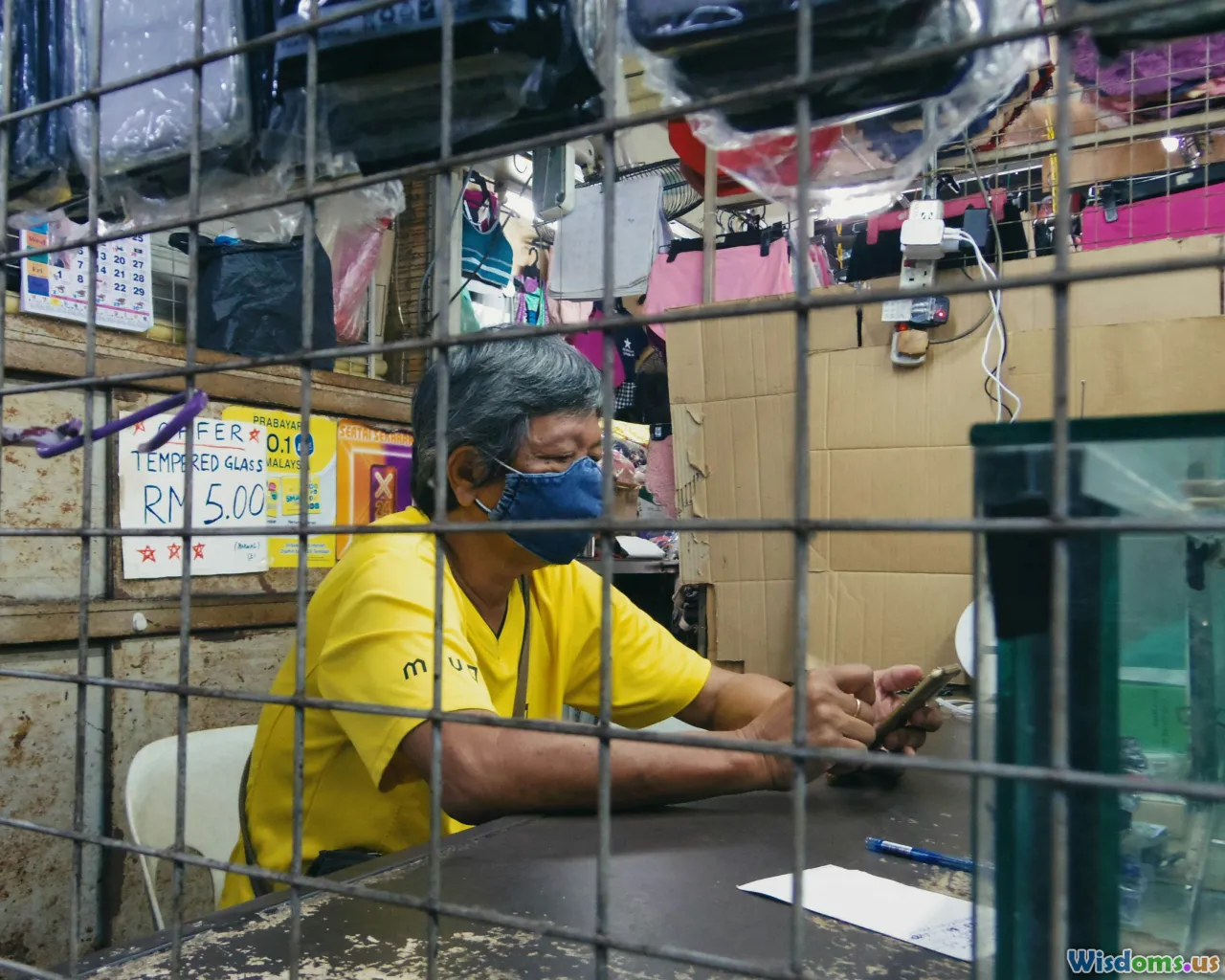
Every garment is proof of human effort. Ethical fashion companies are transparent about their supply chains and invest in community well-being.
Real World Example:
People Tree, working with artisans in Asia and South America, provides consistent wages, advanced skills training, and fair contracts. Individuals move beyond basic survival toward building stable lives, educating children, and reinvesting in their local economies.
Analysis:
When you buy ethical, you become part of a chain reaction—it’s about dignity, not just style. Workers have a voice, access to sick leave, health care, and empowered unions.
Actionable Advice:
Ask brands direct questions: "Who made my clothes?" and "What are their working conditions?" Ethical brands will be proud and forthcoming with their answers.
Conscious Consumerism: Changing How and Why You Shop
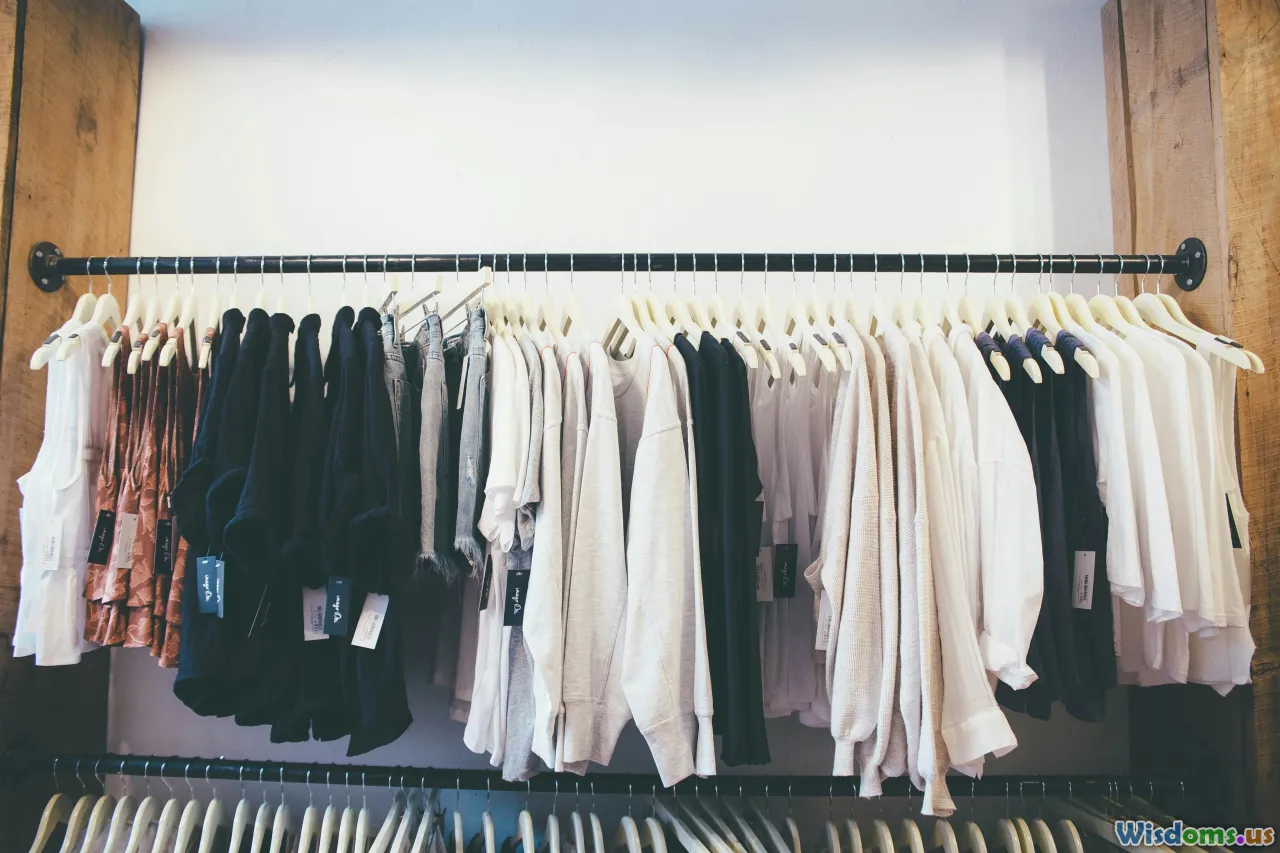
Only buying ethical fashion means pushing against mindless trends and reevaluating the core purpose behind each purchase.
Behavioral Shift:
- Fewer Impulse Purchases: No more buying five fast fashion tops "just because they're cheap." Instead, you confidently invest in high-quality staples.
- Emotional Investment: Locally crafted pieces, responsibly made, bring greater satisfaction, and you become a storyteller. Sharing the backstory behind each item strengthens your connection to your wardrobe.
Tips for Mindful Shopping:
- Plan Purchases: Focus on gaps in your wardrobe; avoid shopping as a pastime.
- Research: Dive into a brand’s supply chain and sustainability policies before touching your credit card.
- Quality Over Quantity: Prioritize timeless, versatile designs over trends.
Result:
Your closet becomes intentional, expressive, and deeply personal. The thrill of a bargain is replaced by the deeper gratification of true responsibility.
Navigating Challenges: Affordability, Access, and Authenticity

Deciding to buy only ethical fashion isn’t always straightforward. Genuine barriers exist, but they're not impossible to overcome.
Affordability
The Reality: Not everyone can spend $100 on a sustainably made sweater.
Budget-Friendly Solutions:
- Secondhand Shopping: Thrifting, consignment, and vintage shops give garments a longer life. Apps like Depop, ThredUp, and Poshmark put quality within reach.
- Care and Repair: Learn basic mending and fabric care—extend your clothes’ lifespan dramatically.
Access and Transparency
It can be tough to find honest brands. With greenwashing rampant, it's tricky to discern who's authentic.
How to Spot Genuine Ethical Fashion:
- Look for transparent reporting (listing factories, certifications, worker initiatives)
- Read third-party reviews (Good On You app scores brands on responsibility)
- Avoid terms like “eco-friendly” with no supporting evidence
Inclusivity
Ethical brands are sometimes slower to expand sizing or offer options for all body types. But many are making progress: Girlfriend Collective, for example, offers XXS–6XL and is transparent about their fabric sourcing.
Unfolding Personal Benefits: Style, Connection, and Confidence
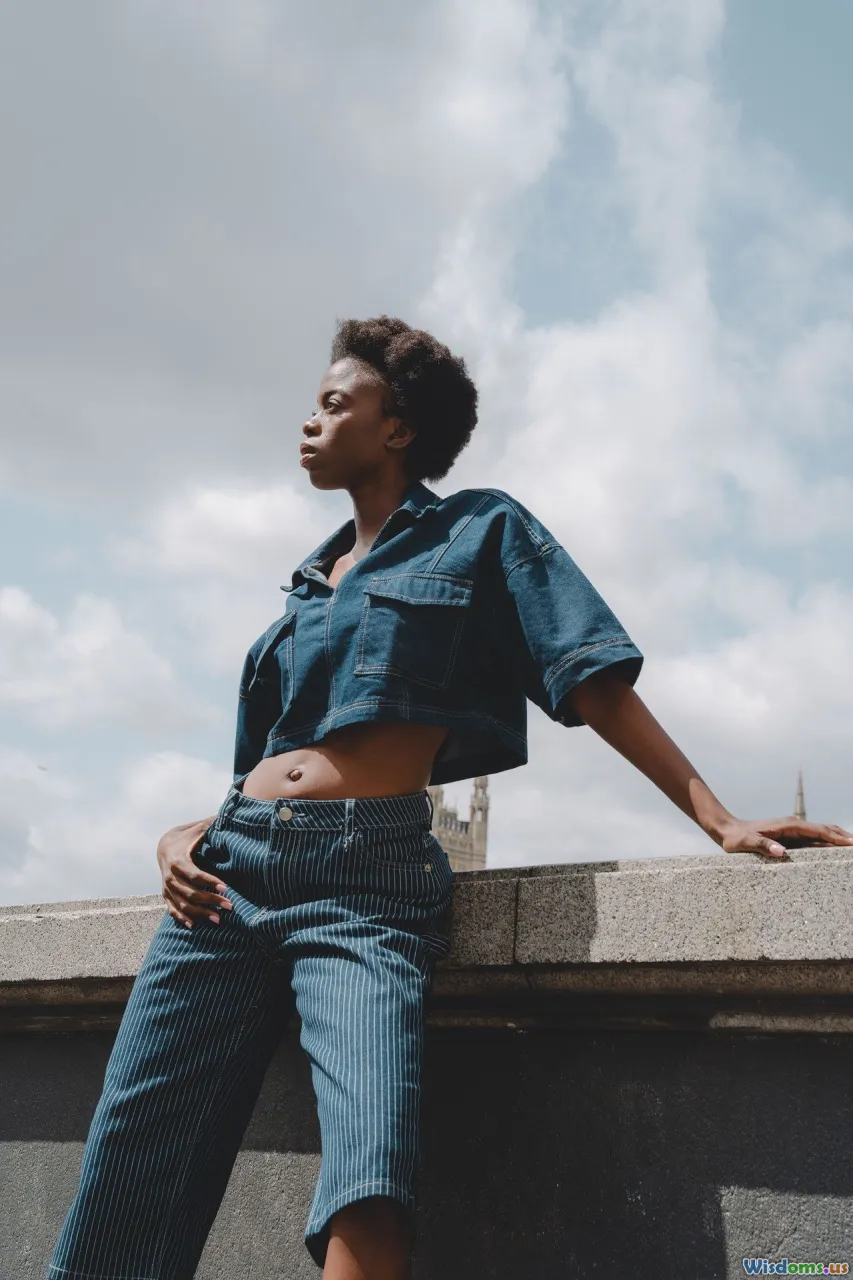
Choosing only ethical fashion enriches not just the world, but your own experience.
Vivid Examples:
- Unique Pieces: Supports independent artisans and designers—resulting in rare, handcrafted elements.
- Confidence Boost: Wearing clothing you admire for how—and why—it was made gives genuine self-assurance.
- Personal Story: Each purchase becomes meaningful—a sweater traced to a women’s cooperative in Peru, a handwoven bag from a Ghanaian workshop.
Experts Weigh In:
Elizabeth L. Cline, author of Overdressed, describes her shift: "I feel at peace knowing my wardrobe is cruelty-free and built on justice—not exploitation." Others report feeling empowered by mindful decision-making, as they shape personal identity and align their spending with their values.
The Ripple Effect: Spreading Positive Change
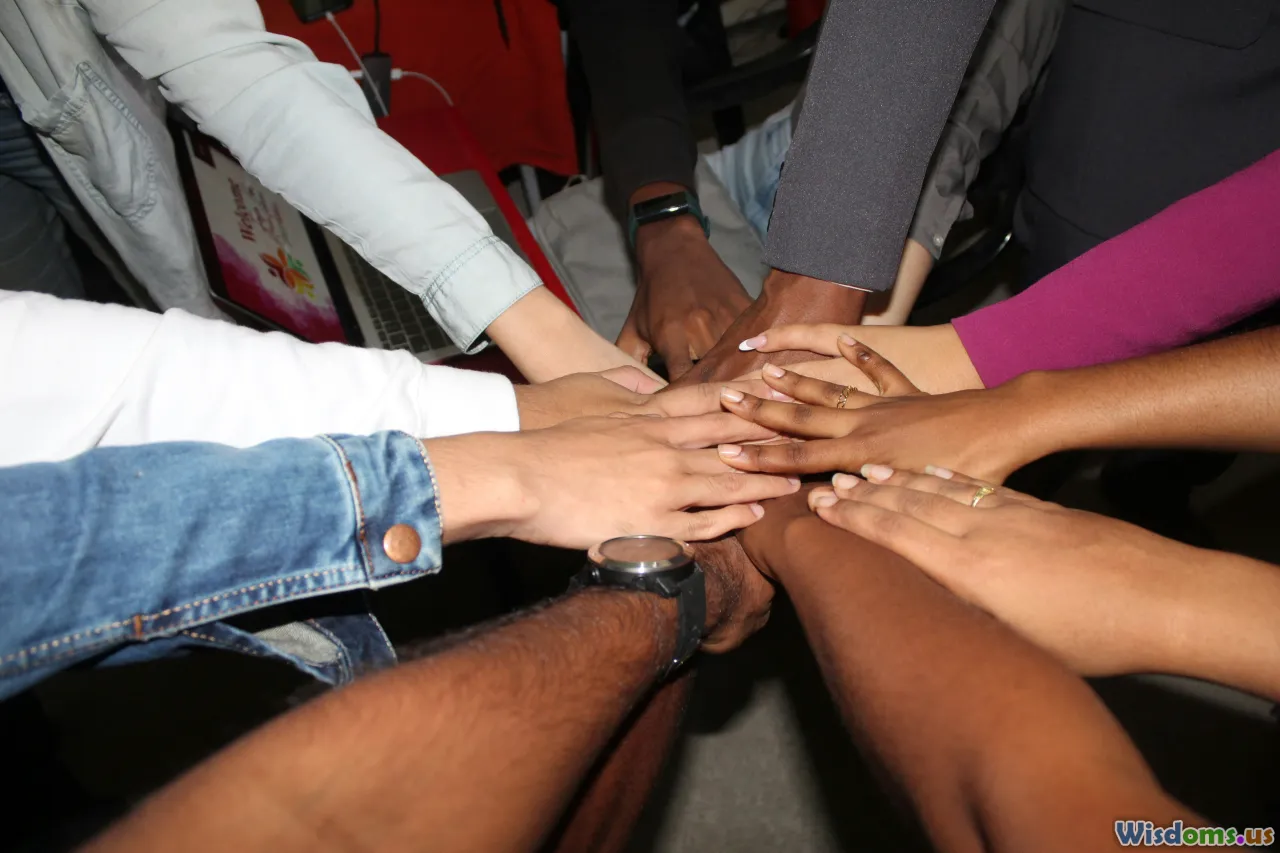
The more people who choose ethical fashion, the bigger the impact on the entire fashion industry.
Concrete Industry Shifts:
- Major retailers like H&M and Zara have started incorporating some ethical practices due to consumer demand, such as sustainable fibers and transparent supply chains.
- Certifications and accountability standards are gaining prominence as customers vote with their wallets.
Case Study:
After a viral #WhoMadeMyClothes campaign led by Fashion Revolution, thousands of brands increased transparency, workers’ conditions improved in dozens of factories, and millions learned the hidden truths about garment production.
How You Can Amplify:
- Share knowledge with friends and family
- Tag brands on social media (hold them accountable)
- Attend clothing swaps or ethical markets
How To Get Started: Practical Tips and Resources
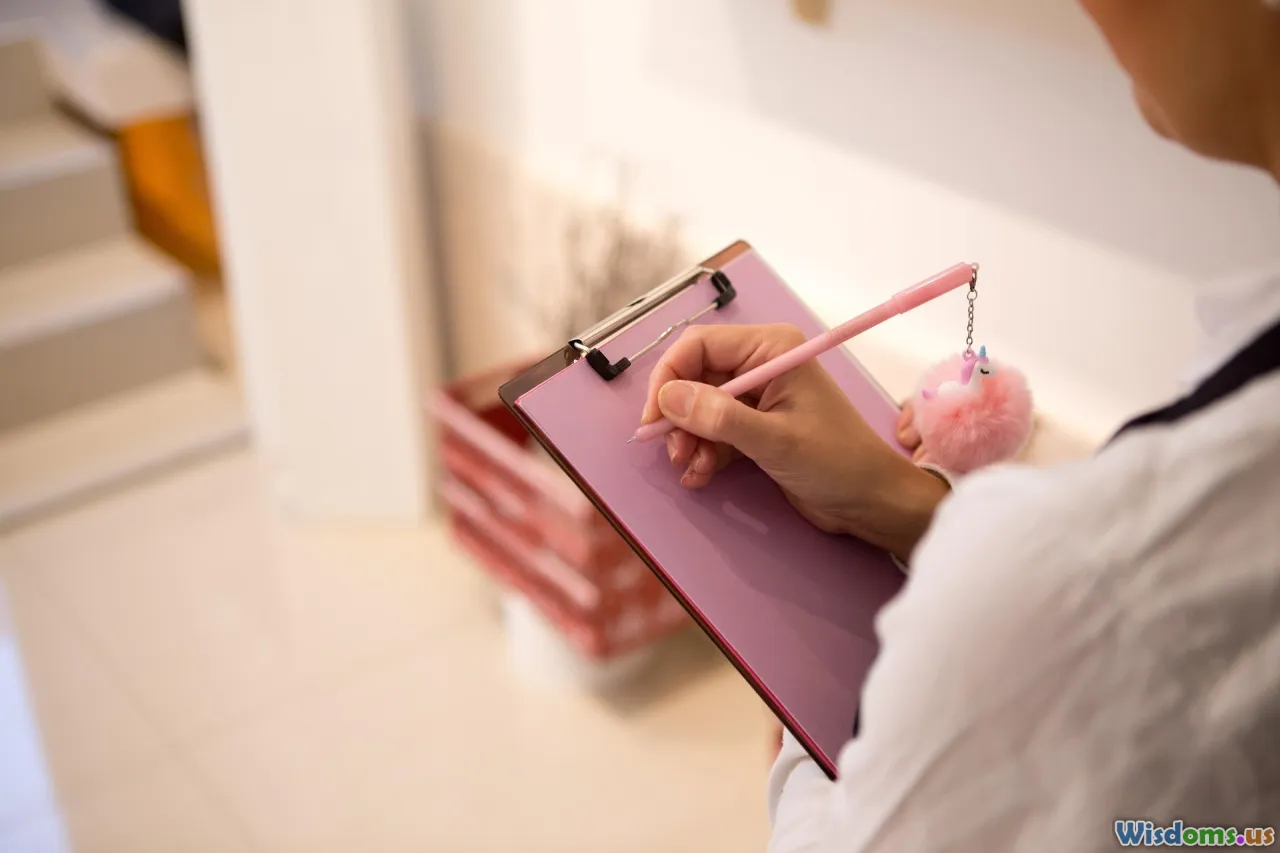
Transitioning to exclusively ethical fashion is a process—here’s how to make it achievable and sustainable:
1. Audit Your Existing Wardrobe Evaluate what you truly need. Donate or repurpose unused items. Every piece in use is another you don’t have to buy anew.
2. Identify Certified Ethical Brands Start with well-established labels:
- Patagonia (outdoors)
- People Tree (casualwear)
- Reformation (chic, eco-friendly)
- Veja (sneakers)
- Outerknown (casual, surf-inspired)
Consult resources like Good On You, Fashion Revolution, or Ethical Consumer for deeper dives.
3. Go Local, Go Slow Support local makers and emerging artisans. Choose slow fashion brands that release thoughtful, limited collections.
4. Shop Intentionally Buy new only when absolutely necessary. Over time, your approach shifts decisively from "what’s trendy" to "what endures." Learn to love #30Wears—a pledge to wear each purchase at least thirty times.
5. Care for Your Clothes Follow care instructions, use mesh bags, and wash only as needed. Repair before replacing.
Your Everyday Choices Craft a Better World
Embracing only ethical fashion isn't an overnight switch—it's a continually evolving adventure in conscious living. Each thoughtfully chosen garment quietly speaks for fairness, sustainability, and care, weaving your values tangibly into everyday life. As you build a wardrobe that's as responsible as it is distinctive, you inspire others, create genuine impact, and discover a style that’s as rich in integrity as it is in flair. The future of fashion begins right where you stand—one ethical choice at a time.
Rate the Post
User Reviews
Popular Posts










